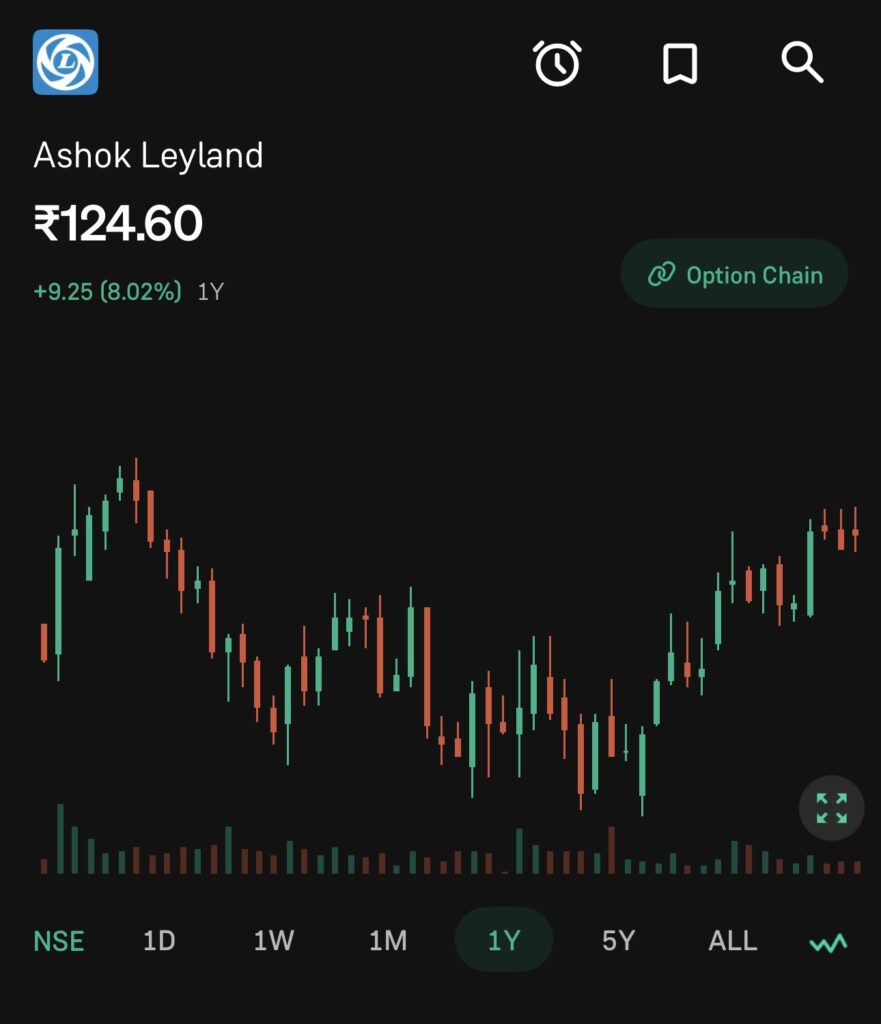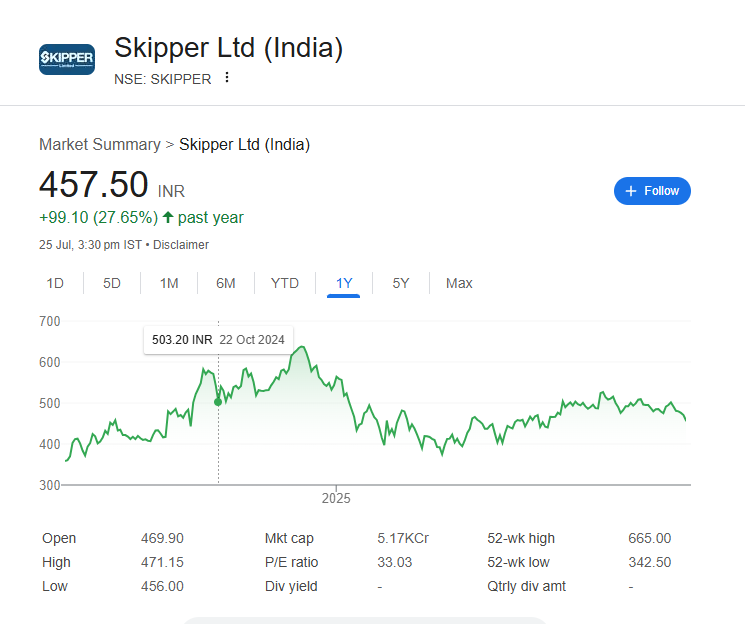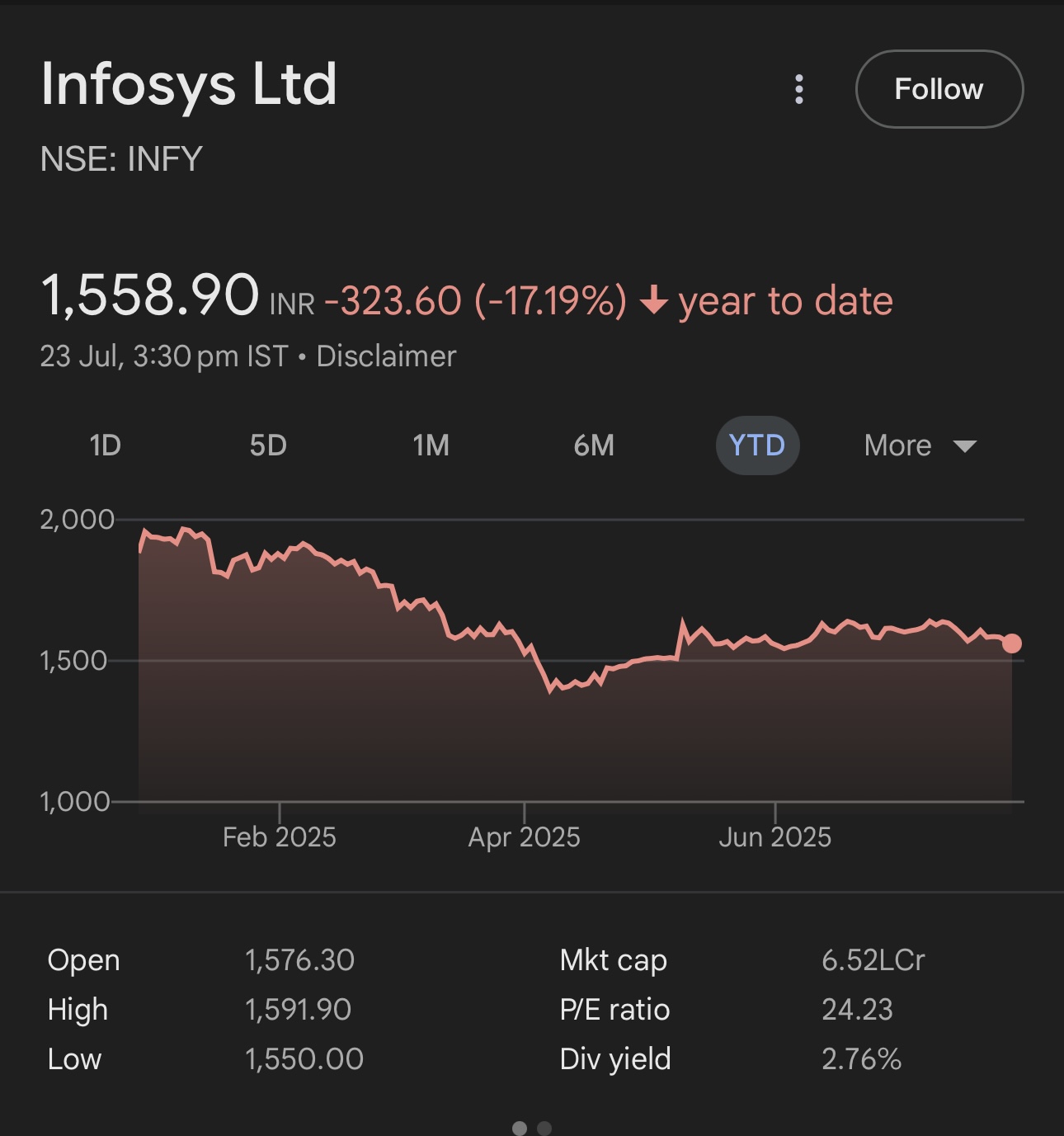
Published on: July 16, 2025 | Author: Kapeesh Chaubey

On July 16, 2025, headlines suggested that Ashok Leyland shares crashed over 50% in a single trading session. But is there really a crash? Let’s clear the confusion.
📊 It Wasn’t a Real Crash
Yes, the share price fell from ₹250.85 to ₹124. But this wasn’t a sign of financial trouble. Instead, it was the result of a 1:1 bonus share issuance—a technical adjustment.
This move doubled the number of shares while halving the share price, keeping the total value of each investor’s holding the same.
💡 What Is a Bonus Share?
A bonus share is a free additional share issued to existing shareholders. Ashok Leyland’s 1:1 ratio means for every share you owned, you received one more. The company’s market value didn’t change—just the number of shares in circulation.
Example: If you had 100 shares worth ₹250 each (₹25,000 total), you now have 200 shares at ₹125 each. Your portfolio value is still ₹25,000.
📅 Important Dates
- July 7, 2025: Bonus issue approved (1:1)
- July 16, 2025: Shares go ex-bonus (price adjusted)
- July 17, 2025: Bonus shares credited
- July 18, 2025: Bonus shares start trading
📈 Why Issue Bonus Shares?
Bonus shares are a way to reward investors without spending cash. They also increase liquidity and show confidence in the company’s future.
In Ashok Leyland’s case, the company is performing well:
- Revenue up 5–9% year-on-year
- Profit up over 30%
- Planning ₹1,000 crore investment in EVs and clean fuels


🧠 What Should Investors Do?
Existing investors: Don’t panic. You now own more shares. The overall value of your investment hasn’t changed.
New investors: Don’t be misled by the lower price. The fundamentals are intact. Analyze the company’s performance, not just the share price.
🚀 Final Thoughts
This wasn’t a crash—it was a share price adjustment after a 1:1 bonus issue. Ashok Leyland remains strong in fundamentals, and its future strategy looks promising.
Always research thoroughly before making any investment decisions.
Disclaimer: This content is for informational purposes only and should not be considered financial advice.






